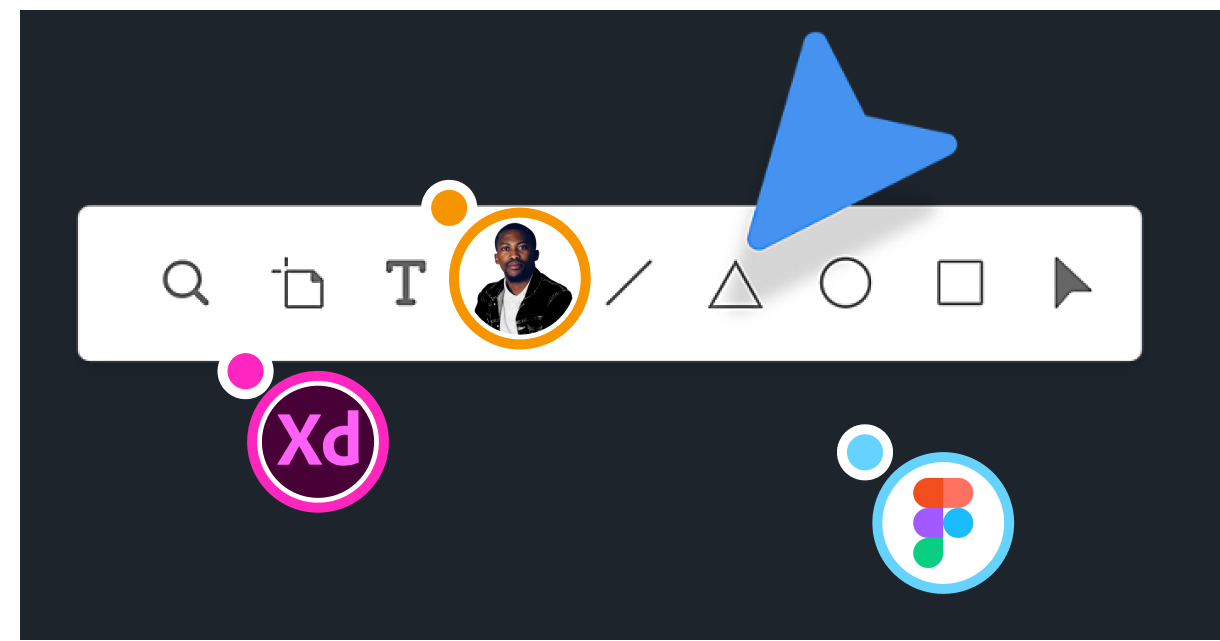
Prototyping in Design Thinking
““If a picture is worth 1000 words, a prototype is worth 1000 meetings”- is a famous saying at IDEO
Design is a process of solving a problem; at the heart of it is understanding the people with the challenge. Therefore, it is difficult to solve a problem without testing. It’s all a guessing game until you ship a product. Understanding your customers involves constantly testing a product until you are ready to ship.
That is where prototyping comes in. Prototyping allows a business to minimise risk when launching a product to market because the last thing a company wants is to get punched in the face. Prototyping allows for a tangible product rather than abstract ideas.
I’ve been designing for years, and the only thing I’ve learned is to be wrong faster because I don’t know how the customers will react.
Getting team members to align on the same concept can be difficult without prototyping the ideas. I worked with a large team a few months ago, and we were busy bouncing ideas back and forth. It was challenging for us to align and agree on a specific feature because we all wanted the customer to have a prestigious experience
We all had different ideas in our heads. The challenge was in deciding which one would work best. That’s when I chose to do a prototype to showcase all the ideas that everyone was proposing.
At the next meeting, I revealed the prototype of different versions. After the meeting, we understood which idea we needed to protect. We had made a decision.
The best way to bring value is by showing it and making it visual. You can’t argue your way into design. If you start showing instead of talking, even if it’s not exactly what the other person had in mind, at least you have a foundation to build — prototype everyone’s ideas when using this prototyping trick — not just your own.
Design is very good at faking things. As designers, we can make things appear realistic without much work compared to engineers.
Prototype fast rather than spending a lot of time engineering bad ideas.
The power of prototyping is really beyond measure. Prototyping is the power we can use to validate whether ideas are good or bad. A prototype simulates the real and future of a product. It helps bridge the gap between businesses and customers by evaluating the design before it goes into production. You can identify design errors before they go into production, which is a huge advantage.
In addition to exploring new ideas, a prototype enables you to refine your concept further because it allows you to discover problems early in the development process. Your development team can improve your sketches by making a prototype.
Take time to examine your product more comprehensively. Make sure you don’t waste time on mediocre ideas. When the prototype doesn’t work as an ‘ok’ idea, then it’s not good enough.
Prototypes help engineers gain insight into the amount of material needed, allowing them to quantify the true cost-per-unit of mass-producing their product accurately.
Don’t use Lorem Ipsum to create prototypes. Prototyping can validate an idea and determine if it will work in the real world. So, creating prototypes that feel like genuine products is therefore crucial. No matter who reviews your work, whether another designer, someone involved with the project, or a potential user, dummy content destroys this illusion. The person viewing it cannot imagine how it might work in the real world, making it harder for them to identify what needs to be changed or improved to improve the experience.
Ask for feedback early in the process. Making your prototyping process more collaborative is an effective way to improve your results. You can strengthen and test your prototype by getting different perspectives and opinions from people with different approaches and perhaps take your prototype in a new, better direction.
Within your organisation, try to find people with various backgrounds. Consider making improvements to the overall design by asking other designers. Make sure your approach will work in production by checking with an engineer. See if your creation is intuitive by reaching out to someone outside your product team.
Make sure you don’t become too attached to your prototype. Not knowing when to let go is a mistake. It’s easy to overinvest your time polishing your work to the point where it’s unclear and inconceivably high.
It is a golden age of prototyping tools.
There are many tools to use — The trick is having the right mindset.
Prototyping is supposed to be fast because you are making something that is not perfect but looks very realistic. You are prototyping to answer questions, not to win any design awards. If you can do that, make sure you make it as quickly as possible.
Here is a list of my favourite tools that you can use:
- Figma
- Adobe XD
- Invision
- Marvel
- Keynote
- Flinto
- Overflow
If you have any further suggestions or comments on prototyping, please get in touch with me on LinkedIn. Thanks for your time! I hope my article gave you more insight into the power of prototyping in design.

